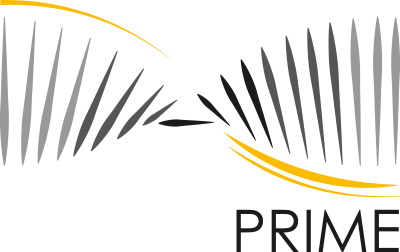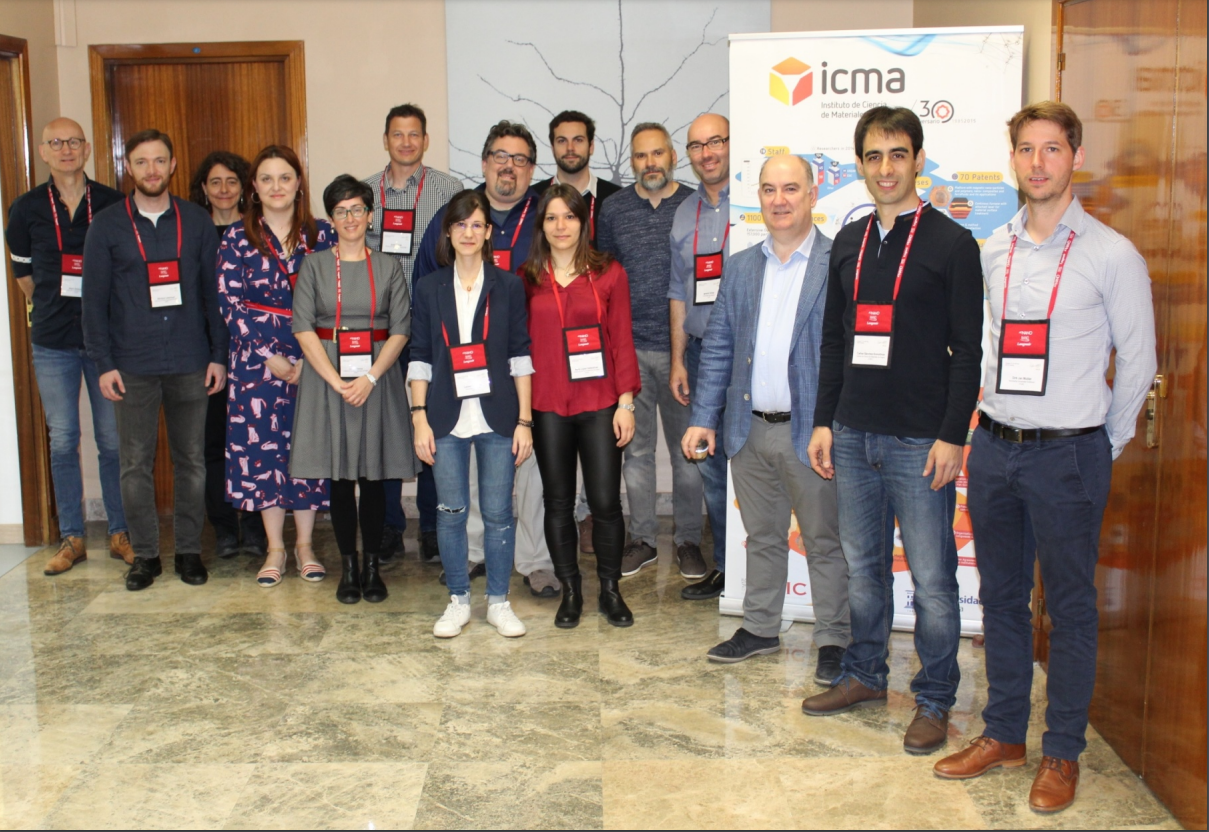What do we do in TMElab?
PRIME advanced and versatile PRInting platform for the,next generation of active Microfluidic dEvices. PRIME project has received funding from the European Union`s Horizon 2020 Research & Innovation Programme under grant agreement nº 829010.


Six organizations from Spain (CSIC, TMElab, BEONCHIP), the Netherlands, Germany, and Austria participate in the project. The PRIME project aims to go beyond the state-of-the-art generating a robust platform to create a new generation of active, tubeless and contactless microfluidic chips effectively changing the currently established paradigm. PRIME belongs to the FET call (from the acronym in English: Emerging and Future Technologies) of the European R & D & I framework program Horizon 2020. With 2.8 million euros, it is one of those that have obtained the highest European funding.
PRIME will develop a radically new platform that:
- integrates all the required responsive materials and elements in the chip, effectively providing it with all the fluidic and sensing functions,
- uses compatible materials and manufacturing technologies making future industrial production viable and cost-effective,
- allows implementing with extensive freedom of design a plethora of new smart-integrated and easy-to-operate microfluidic chips.
The European PRIME research project is coordinated by the Aragón Institute of Nanoscience and Materials (INMA, a joint institute between the Higher Council for Scientific Research CSIC and the University of Zaragoza)
Led by the CSIC researcher and deputy director of the INMA Carlos Sánchez Somolinos, the project will serve to create a platform of materials and advanced manufacturing technologies that allow the development of the next generation of active microfluidic devices, which are those that autonomously handle minimal quantities of fluids to carry out biochemical analyzes. Although one of the most popular examples is pregnancy tests, this technology also has multiple medical, environmental, food, and biotechnological applications related to safety and veterinary practice.
Over the next four years, they will all coordinate their research in material synthesis, numerical modeling of materials and devices, and digital inkjet or three-dimensional printing. In addition, the nearly 25 researchers already working under the PRIME project will meet once a year under the coordination of INMA.
For more details check the project website: https://www.project-prime.eu/


Participants of the PRIME Kick-off Meeting
© Consejo Superior de Investigaciones Científicas (CSIC)








